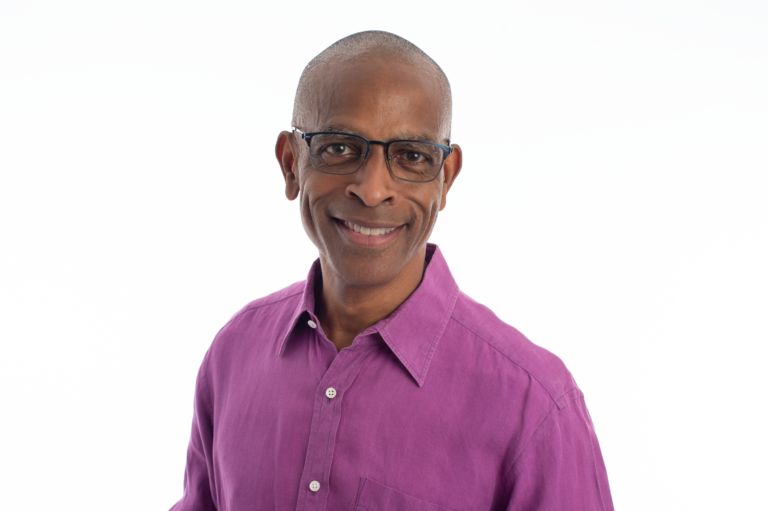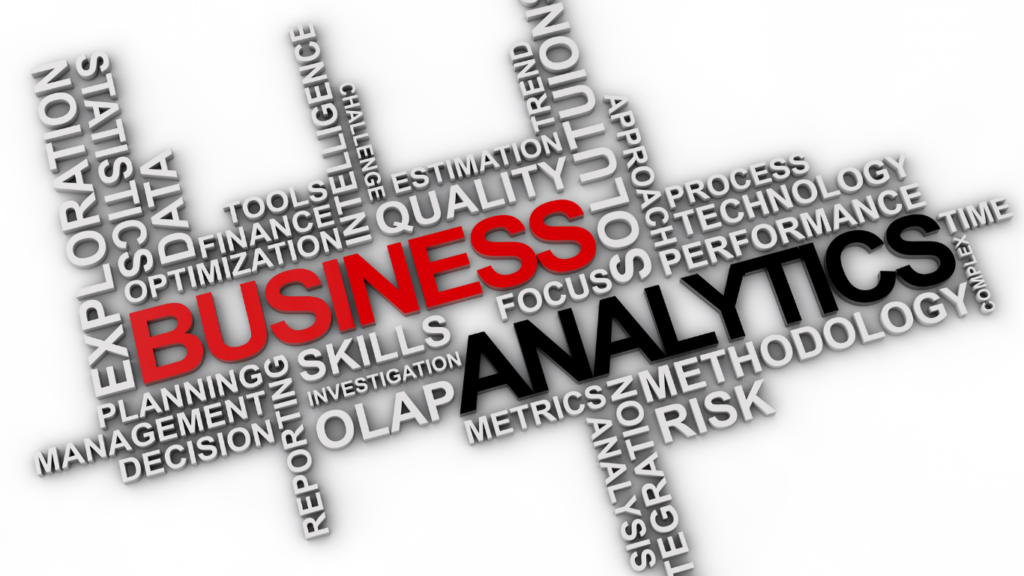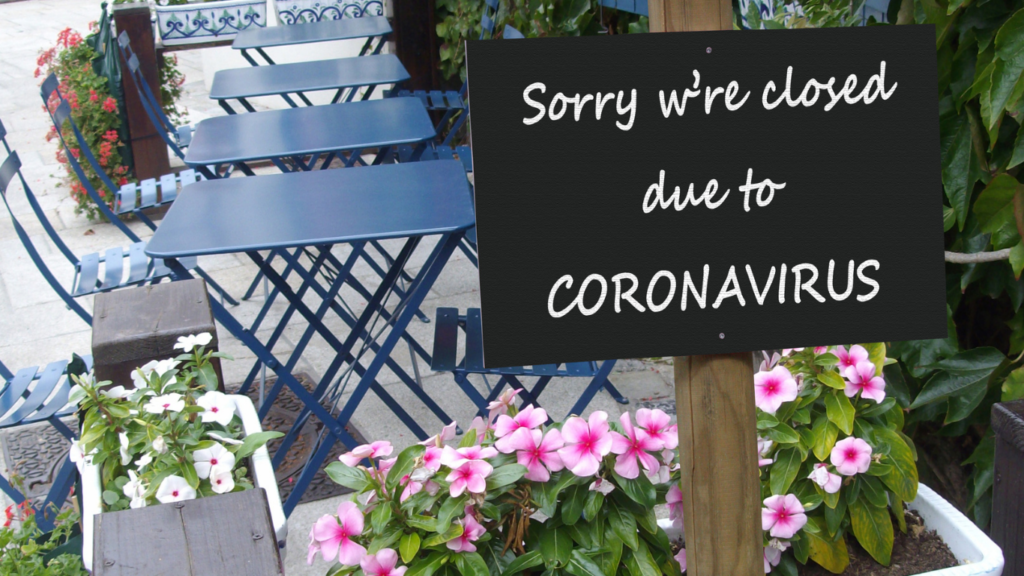
We’d be remiss by not discussing diversity in healthcare. While the demographics are changing, the majority of physicians are still Caucasian, and the majority of those who choose to enter the medical field are. Patients in neighborhoods that are predominantly African American and other people of color may feel more comfortable relating to someone in their own community. At the very least, time can be spent on diversity training so that clinicians better understand each patient. Continuous understanding of the medical conditions affecting “minority” patients and learning more effective communication techniques can also bridge this gap—the profession benefits by recruiting and training medical professionals of varied cultures and levels.













